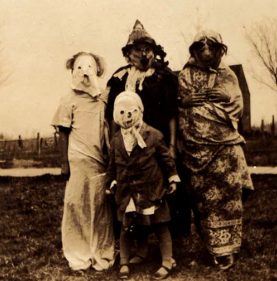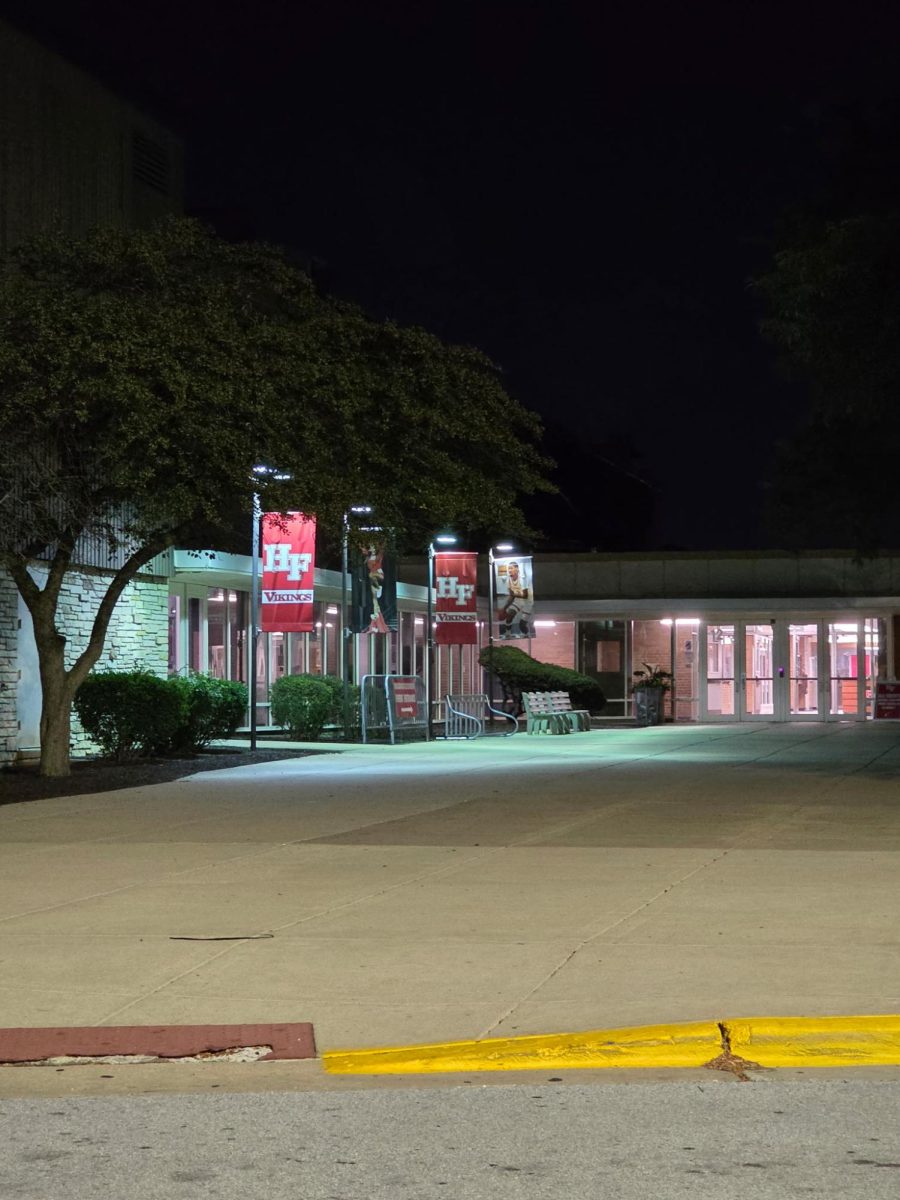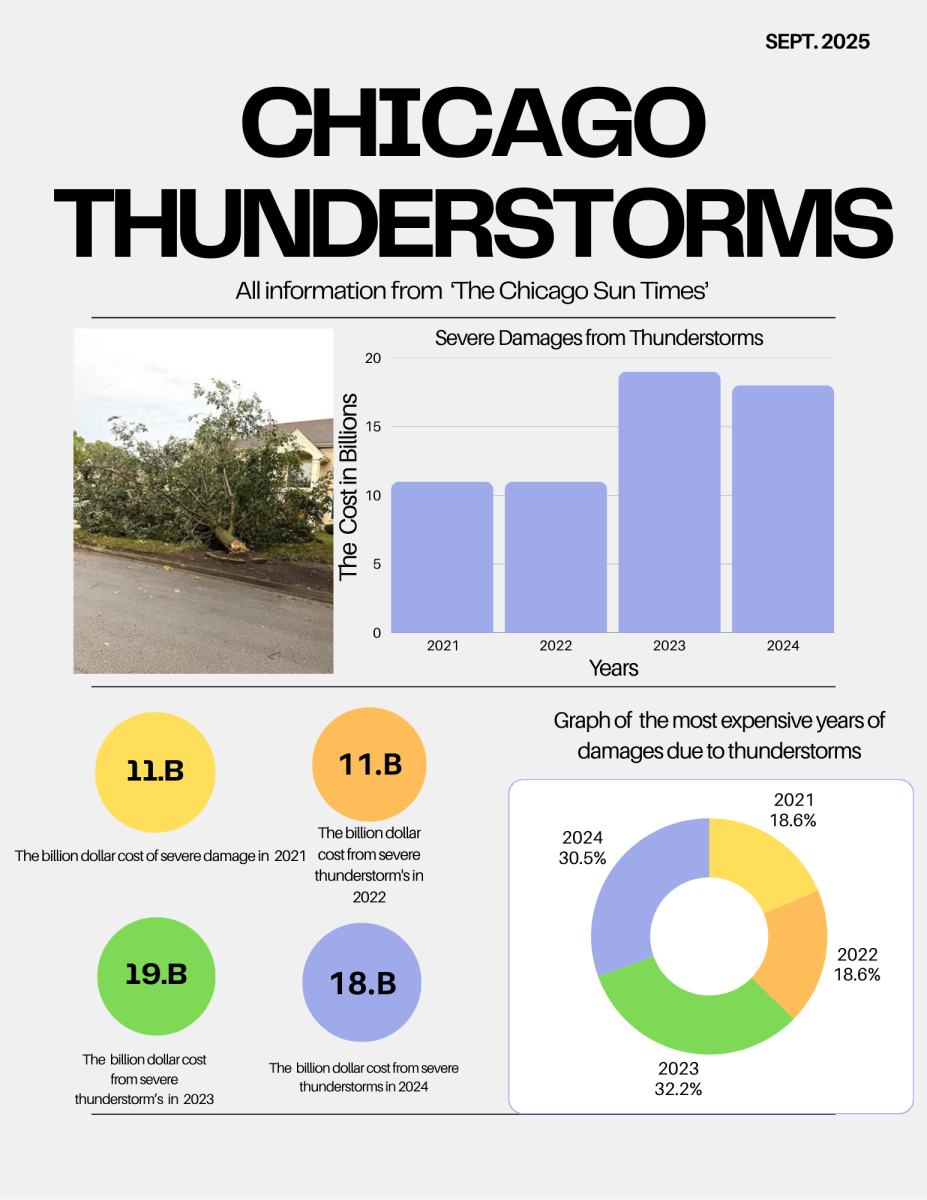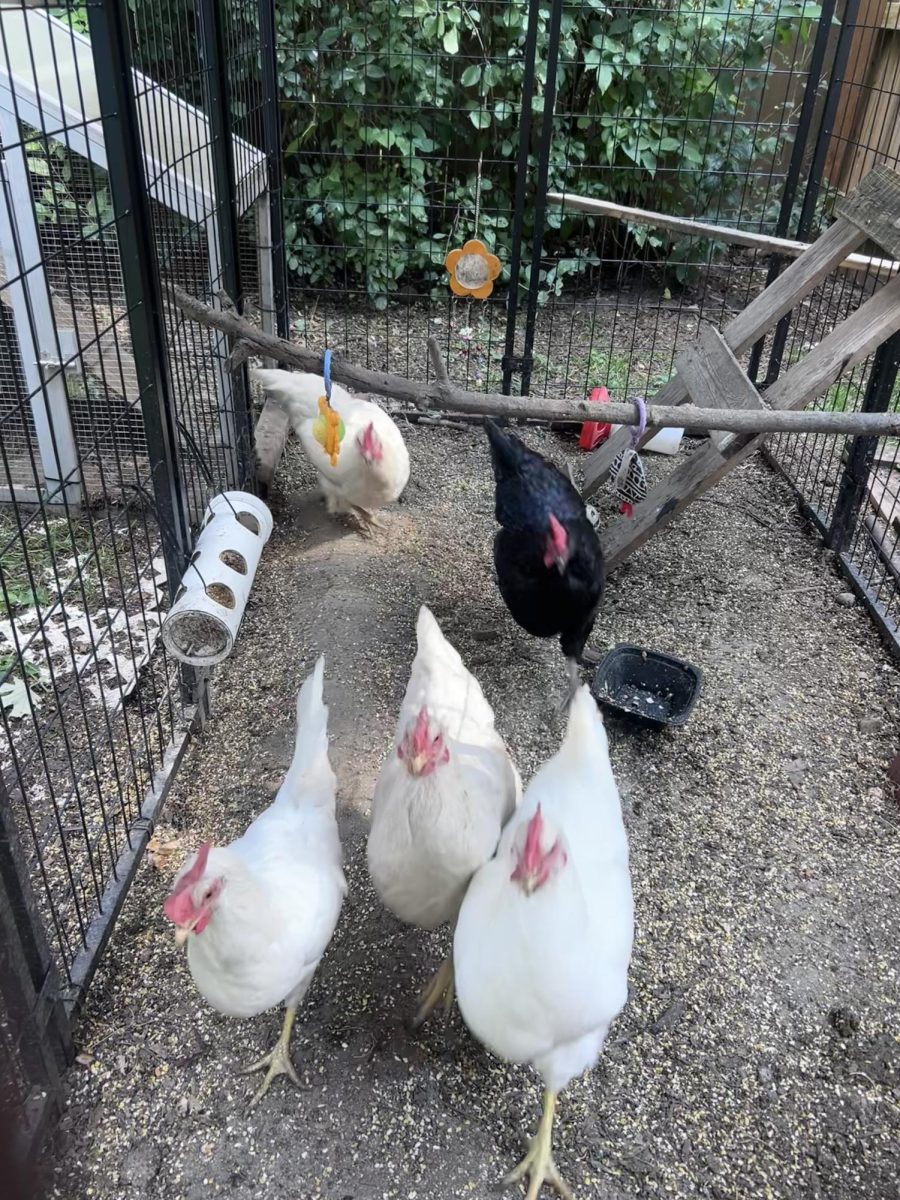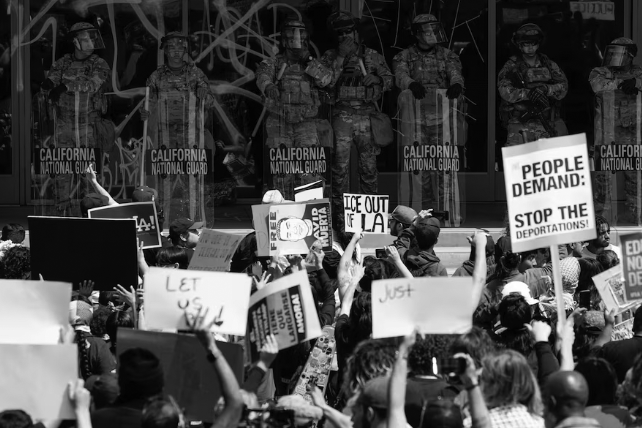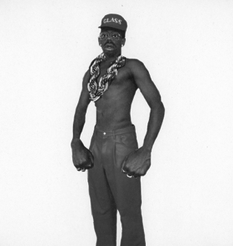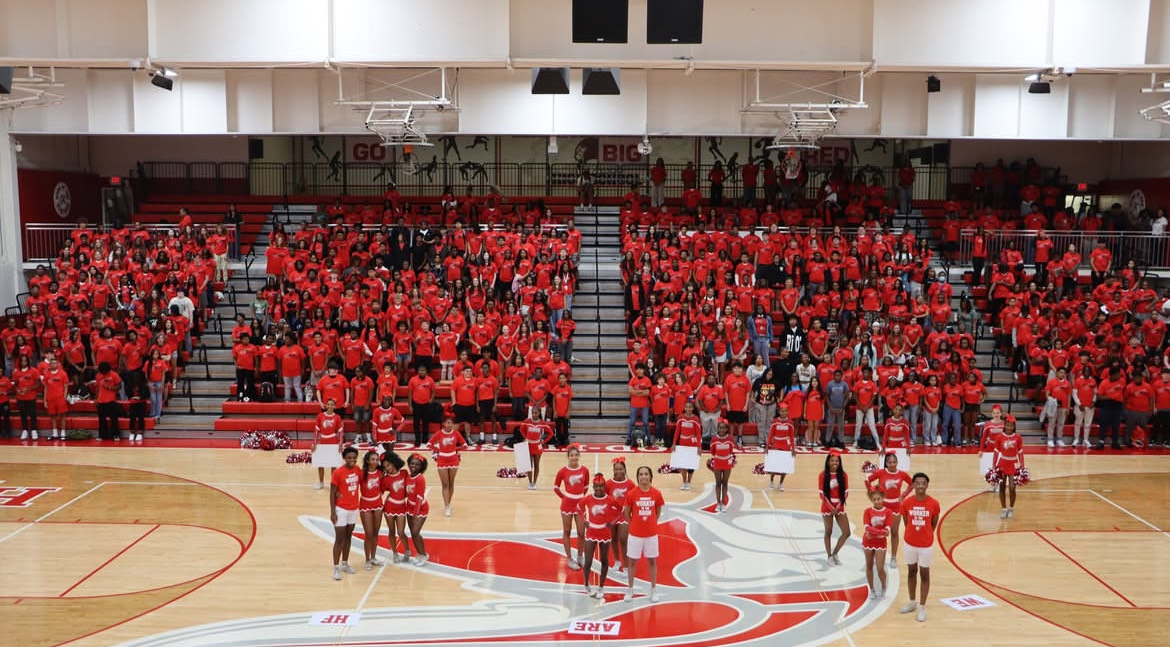Boo! The spooky season is upon us at H-F. It’s time to dress up and scare your friends and family while running on sugar! But wait, how did Halloween come to be? Why do children run house to house in spooky costumes and scare one another?
Halloween, or All Hallows Eve, originated in ancient Celtic during the festival of Samhain. According to The Library of Congress Blogs, “[It’s the] Pagan religious celebration to welcome the harvest at the end of summer, when people would light bonfires and wear costumes to ward off ghosts.”
Celtic people believed that on Oct. 31, the end of harvest and the start of winter, that ghosts had wandered the world. Celtics also thought during the festival past relatives walked the earth. Years later Christan missionary influence brought in All Souls’ Day on Nov. 2. This gave the idea of the living coming into contact with the dead during that time duration.
The original name for Halloween was All Saints’ Day or All Hallow Eves. According to the Library of Congress Blogs, “In the eighth century, Pope Gregory III designated Nov. 1 as a time to honor saints. Soon after, All Saints’ Day came to incorporate some of the traditions of Samhain. The evening before All Saints’ Day was known as All Hallows Eve, and later, Halloween.”
However, the change from All Saints’ Day or All Hallows Eve to Halloween occurred in the 18th century. When a poet named Robert Burns named his poem “Halloween,” popularizing the name due to his popularity.
In the early 20th century, children would dress up as witches, ghosts and goblins. Writer Don Vaughan on Britannica wrote, “In the early 20th century, as Irish and Scottish communities revived the Old World custom of “guising,” in which a person would dress in costume and tell a joke, recite a poem or perform some other trick in exchange for a piece of fruit or other treat. By 1950, trick-or-treating for candy had become one of Halloween’s most popular activities.”
But why do people carve pumpkins with creepy or funny faces? The origin of carved pumpkins originates from Ireland in the 1600s with the urban legend character named Stingy Jack. According to the urban legend Stingy Jack tricked the devil for his monetary gain. When he died God and the Devil wouldn’t let him ascend so he was forced to roam the earth for eternity.
After this story became popular in Ireland, people would carve turnips to scare off Stingy Jack. It wasn’t until Irish immigrants came to America they started to use pumpkins.
Although Halloween is now a fun holiday where children go running for candy and dressing up, the holiday used to be deemed sinister on the Celtic calendar.
Public Library Euclid wrote, “all Celts would put out the fires that warmed their houses and cooked their food and gather on nearby hills, where they would cook a final feast to celebrate the end of their harvest. During the celebration, their priests, called druids, would use only sparks to light bonfires on these hills. At the end of the celebration, Celts would carry still-burning embers from these bonfires back to their homes to start new fires in their hearths.”
Most of the events that went on during the Celtic holiday were to warn off the evil spirits that may harm or possess a person. While some events were fun, such as the trick-or-treating, most of the events were to make sure the living weren’t recognized by the ghosts.
Halloween went through many changes but at the end of the day it is still celebrated as a spooky and ghoul-tastic day!


